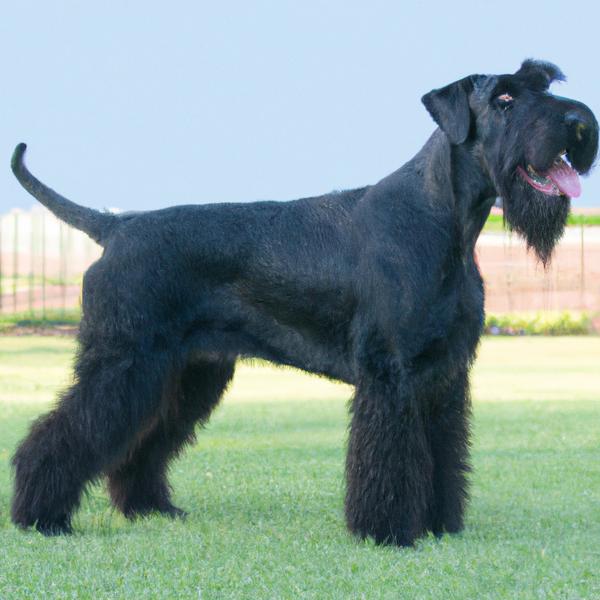Giant Schnauzer vs. German Australian Shepherd: Breed Differences and Similarities
Hypoallergenic
Are Giant Schnauzers or German Australian Shepherds hypoallergenic, or neither?
While no dogs are truly 100% hypoallergenic, Giant Schnauzers are about as close as it gets, making them an ideal pet if you are an allergy sufferer.
Unfortunately, the German Australian Shepherd is not hypoallergenic, making it not a good choice for a dog lover who suffers from pet allergies.
Temperament
What are the personalities of Giant Schnauzer and German Australian Shepherd dogs?
Dominant
Kind
Powerful
Intelligent
Loyal
Strong
Willed
Active
Curious
Loving
Protective
Alert
Courageous
Intelligent
Confident
Friendly
Affectionate
Obedient
Loyal
Good-natured
Watchful
Shedding Level
Do Giant Schnauzers shed more than German Australian Shepherds, or which breed sheds more, Giant Schnauzers or German Australian Shepherds?
Giant Schnauzers shed very little hair, making them a great choice for those who dislike excess hair in the house.
German Australian Shepherds are heavy shedders, but regular brushing can help manage shedding and promote a healthy coat.
Watchdog Ability
Which dog breed makes a better watchdog, the Giant Schnauzer or German Australian Shepherd?
Choose a Giant Schnauzer if you want a top-notch watchdog. This breed takes guarding seriously, and may not require much training, though obedience or guard dog training can improve their skills.
German Australian Shepherds are decent watchdogs - they'll alert their owner if something seems amiss.
Ancestry
What are the origins of Giant Schnauzer and German Australian Shepherd breeds?
great dane, bouvier des flandres
German Shepherd, Australian Shepherd
Breed recognition
Which kennel clubs recognize/register Giant Schnauzer and German Australian Shepherd?
American Canine Registry
American Kennel Club
America's Pet Registry
Canadian Kennel Club
Dog Registry of America Inc.
Federation Cynologique Internationale
Kennel Club of Great Britain
North American Purebred Registry, Inc.
American Canine Association, Inc.
Australian National Kennel Council
Continental Kennel Club
National Kennel Club
New Zealand Kennel Club
United Kennel Club
ACHC = American Canine Hybrid Club
DRA = Dog Registry of America, Inc.
Date of Birth
When were Giant Schnauzer and German Australian Shepherd breeds first developed?
middle ages
Unknown
Eye Color Possibilites
What are the eye colors of Giant Schnauzer and German Australian Shepherd dogs?
Brown
Blue
Brown
Nose Color Possibilites
What are the natural nose colors of Giant Schnauzer and German Australian Shepherd?
Black
Black
Coat Color Possibilites
What are the natural colors of the coat for Giant Schnauzer and German Australian Shepherd breeds?
Pied
Silver
Gray
Black
White
Sable
Gray
Silver
Red
Blue
Cream
Black
Coat Length
What is the typical coat length for Giant Schnauzer and German Australian Shepherd breeds?
Giant Schnauzers have longer coats compared to most dogs.
German Australian Shepherds have medium-length coats.
Coat Density
What is the density of the coat of Giant Schnauzer and German Australian Shepherd?
Coat Texture
What is the hair texture of Giant Schnauzer and German Australian Shepherd?
Wiry
Straight
Litter Size
What is the usual litter size for Giant Schnauzer and German Australian Shepherd?
A Giant Schnauzer can have a litter of 10-12 puppies on average. However, it's worth noting that the size of the litters can vary greatly. Factors that can influence litter size include the health of the mother, breeding history, and genetics.
A German Australian Shepherd can have a litter of 6-10 puppies on average. However, it's worth noting that the size of the litters can vary greatly. Factors that can influence litter size include the health of the mother, breeding history, and genetics.
Adaptability
Giant Schnauzers have average adaptability to changes in lifestyle and living environments compared to other breeds.
German Australian Shepherds are highly adaptable and versatile, making them excellent companions for families and individuals of all lifestyles.
Health Issues
Between Giant Schnauzer and German Australian Shepherd, which breed is more prone to health problems?
The Giant Schnauzer and German Australian Shepherd breeds are commonly healthy with low vet costs, regular check-ups may not be as necessary but it's important to keep an eye on their health and have them checked by a veterinarian when needed.
Major Concerns
What are the major health concerns for Giant Schnauzer and German Australian Shepherd breeds?
Progressive Retinal Atrophy
Hip Dysplasia
Cobalamin Malabsorption
Hip Dysplasia
Hemophilia
Eye Disease and Disorders
Minor Concerns
What minor health issues should be kept in mind when owning Giant Schnauzer and German Australian Shepherd?
Chronic Anemia
Autoimmune Thyroiditis
Deafness
Degenerative Myelopathy
Renal Cystadenocarcinoma and Nodular Dermatofibrosis
Idiopathic Epilepsy
Occasional Tests
What occasional tests are recommended for Giant Schnauzer and German Australian Shepherd breeds?
Eye
Hip
Blood
Thyroid Tests
X-Rays
Eye Examination
Physical Examination
Physical Examination
X-ray imaging
Eye Examinations
Brain Auditory Evoked Response (BAER)
Energy
How do the energy levels of Giant Schnauzers and German Australian Shepherds compare?
Giant Schnauzers thrive on an active lifestyle due to their high-energy nature.
German Australian Shepherds' high energy levels make them unsuitable for a low-key dog, choose accordingly.
Social Needs
Giant Schnauzer vs German Australian Shepherd social needs comparison
Giant Schnauzer has average social needs and is less independent than other breeds.
German Australian Shepherd has above average social needs and thrives with interaction with humans and other dogs.
Exercise Needed
Giant Schnauzer vs German Australian Shepherd exercise need comparison.
Giant Schnauzers need high physical activity and are ideal for active individuals, but not suitable for sedentary lifestyles or small apartments.
German Australian Shepherds need moderate physical activity and are great for families and active individuals.
Sleeping Need
Which of the two sleeps the most/least: Giant Schnauzer or German Australian Shepherd?
Giant Schnauzer and German Australian Shepherd are active dogs that may not require as much sleep as other breeds. However, they still need enough sleep to stay healthy.
Tendency to Bark
Do Giant Schnauzers or German Australian Shepherds bark more/less frequently?
Giant Schnauzers bark moderately when necessary and may also bark due to certain triggers like fear, alarm, boredom, greeting, separation anxiety and compulsive barking.
German Australian Shepherds are typically quiet and only bark when needed, such as to alert their owner or when in distress.
Mouthiness
Mouthiness Comparison: Giant Schnauzer vs German Australian Shepherd?
Roaming urge
Giant Schnauzer vs Labrador: Running away tendency?
Prey Drive
Giant Schnauzer or German Australian Shepherd - which breed has a higher level of prey drive?
Past times
What are some enjoyable activities and ways to keep Giant Schnauzer and German Australian Shepherd entertained?
Walking, Cuddling, Smelling, Walks, Jumping, Running, Go to Park, Walk, Run, Chase, Dog Parks, Eating Snacks, Sniff, Training, Hiking, Swimming, Fetch, Tug-of-war
Soccer, Hike, Play keep away, Tug-of-war, Eating Snacks, Car rides, Walking, Dog Parks, Cuddling, Chase, Fetch, Wrestling, Swim, Walk, Tricks, Long walks, Hiking, Run, Road trip, Frisbee, Running, Going for walks, Going on drives, Playing fetch, Jumping
Activity Level
Which breed has higher energy, Giant Schnauzers or German Australian Shepherds?
Giant Schnauzer and German Australian Shepherd are high-energy dogs that require a lot of mental and physical exercise. Without proper stimulation and attention, these breeds can become problematic. If you're considering these breeds, be prepared to invest time and effort in their exercise and training.
Tolerance of being left alone
Walks per Week
How many miles should Giant Schnauzer or German Australian Shepherd walk each week?
There's really no limit to how far you walk your dog as long as they're comfortable. For Giant Schnauzer, it's at least 12 miles / week. Just remember to build distance and stamina gradually over time.
There's really no limit to how far you walk your dog as long as they're comfortable. For German Australian Shepherd, it's at least 14 miles / week. Just remember to build distance and stamina gradually over time.
Activity per Day
Do Giant Schnauzers or German Australian Shepherds require more exercise?
In general most Giant Schnauzers usually need at least 90 minutes of exercise daily. This can be spread across the day and include all sorts of high-energy activities, like walking, running and playing.
In general most German Australian Shepherds usually need at least 120 minutes of exercise daily. This can be spread across the day and include all sorts of high-energy activities, like walking, running and playing.
Grooming
Which breed is easier to maintain in terms of grooming, Giant Schnauzers or German Australian Shepherds?
Giant Schnauzer and German Australian Shepherd are breeds of dogs that require an average amount of grooming effort.
Brushing Frequency
What is the recommended brushing frequency for Giant Schnauzer and German Australian Shepherd dogs?
Giant Schnauzer and German Australian Shepherd should be brushed at least once a week. Of course, you can give them more frequent brushes if you find that they are still shedding a lot.
Brushing Tools
What brushing tools are used for Giant Schnauzers and German Australian Shepherds?
Pin Brush
Dematter
Clipper
Nail Clipper
Dematter
Comb
Nail Clipper
Cups
How much food should be given to Giant Schnauzer or German Australian Shepherd in cups?
Giant Schnauzer and German Australian Shepherd share the same recommended daily food intake of 3 cups, although the appropriate quantity may vary depending on the quality and nutritional content of their food.
Daily Cost
Which breed has a higher daily cost, Giant Schnauzer or German Australian Shepherd?
The average cost of a Giant Schnauzer is somewhere $2.80 - $3.20 per day.
The average cost of a German Australian Shepherd is somewhere $1.70 - $2.70 per day.
Monthly Cost
Which breed has a higher monthly cost, Giant Schnauzer or German Australian Shepherd?
The average per month expenses of a Giant Schnauzer is between $84 - $95. This makes an average of $1008 - $1140 per year. It will be on the higher side when the dog is still small because it will need more frequent visits to the vet, shots.
The average per month expenses of a German Australian Shepherd is between $48 - $73. This makes an average of $576 - $876 per year. It will be on the higher side when the dog is still small because it will need more frequent visits to the vet, shots.
Intelligence
Comparing Intelligence: Giant Schnauzers vs German Australian Shepherds
The Giant Schnauzer and German Australian Shepherd breeds are considered very intelligent and easy to train.
Sensitivity Level
How do Giant Schnauzer and German Australian Shepherd compare in sensitivity?
This breed is sensitive and requires gentle handling and a calm home environment.
This breed is sensitive to its environment and best suited for patient and understanding families with a consistent routine.
Affection Dependance
Which is the more affectionate dog breed: Giant Schnauzer vs German Australian Shepherd?
Apartment Friendly
Which breed is more apartment-friendly: Giant Schnauzer or German Australian Shepherd?
The Giant Schnauzer is not suitable for apartments and requires a large yard to thrive. Pent-up energy in small spaces can lead to destructive behavior.
German Australian Shepherds are good apartment dogs as long as they get enough exercise and stimulation outside of the apartment.
Child Friendly
Do Giant Schnauzers or German Australian Shepherds have a friendlier temperament towards children?
Giant Schnauzers are not the best choice for families with kids.
German Australian Shepherds make excellent family pets for kids due to their gentle, protective nature and calm temperament.
Senior-friendly
Which dog is more suitable as a pet for the elderly - Giant Schnauzer or German Australian Shepherd?
Cat Friendly
Do Giant Schnauzer or German Australian Shepherd breeds have a better compatibility with cats?
Giant Schnauzers are somewhat cat friendly and can be trained to get along with cats.
German Australian Shepherds are average in their friendliness toward cats and tend to do well with them, especially if raised together.
Dog Friendly
Which breed is more sociable with other dogs: Giant Schnauzer or German Australian Shepherd?
Giant Schnauzers are not dog-friendly.
German Australian Shepherds are average in their friendliness towards other dogs, and socialization can help.
Pet friendly
How do Giant Schnauzer or German Australian Shepherd dogs interact with other pets?
Stranger Friendly
Which breed is more friendly with strangers: Giant Schnauzer or German Australian Shepherd?
Giant Schnauzers are quick to announce strangers and can be standoffish or suspicious.
German Australian Shepherds are averagely friendly around strangers but benefit from early socialisation.
Playfulness
Which breed is more playful between Giant Schnauzer and German Australian Shepherd?
Giant Schnauzers are very playful, so adopting an older one might be a better option for a more relaxed experience.
German Australian Shepherds are a playful breed that needs daily playtime to be happy.
Trainability
How do the trainability levels of Giant Schnauzers and German Australian Shepherds compare?
Giant Schnauzers are popular for their ease of training and quick learning ability.
The German Australian Shepherd is highly intelligent and eager to please, making it a great choice for both novice and experienced dog owners due to its easy trainability.
Compare Giant Schnauzer with other breeds
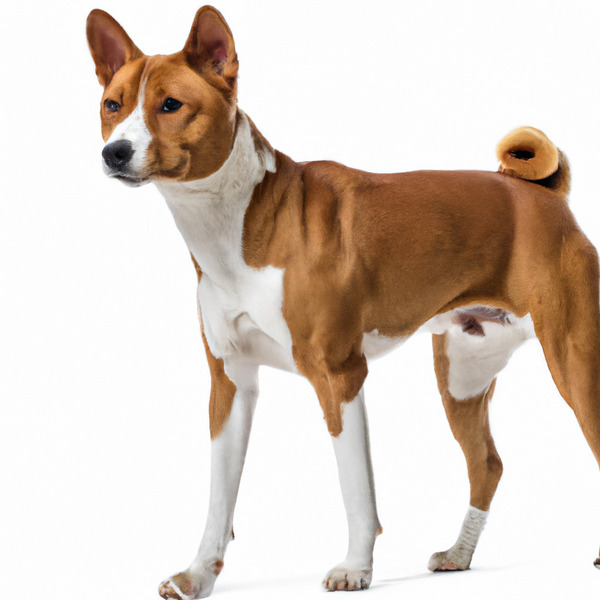
Basenji
Giant Schnauzer vs Basenji
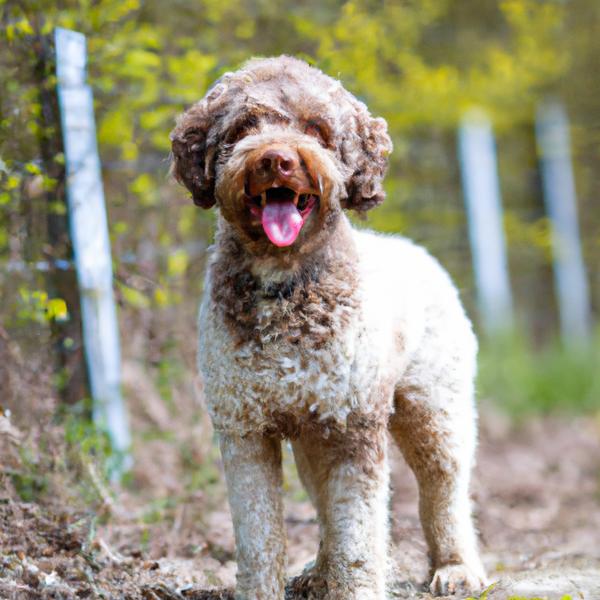
Lagotto Romagnolo
Giant Schnauzer vs Lagotto Romagnolo
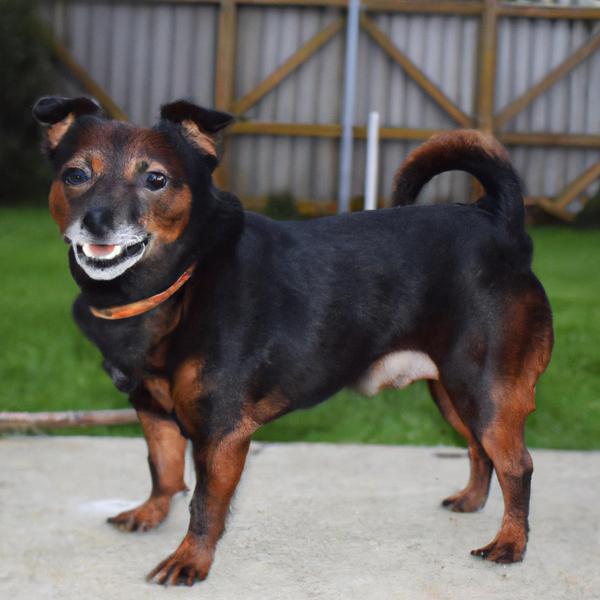
Patterjack
Giant Schnauzer vs Patterjack
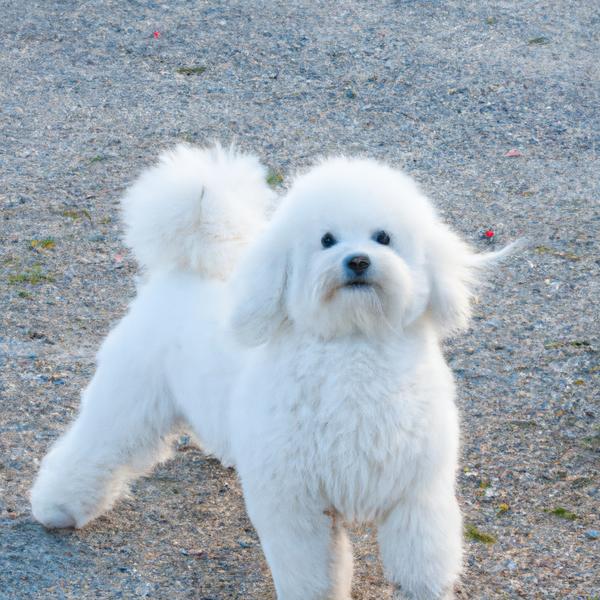
Italian-Bichon
Giant Schnauzer vs Italian-Bichon
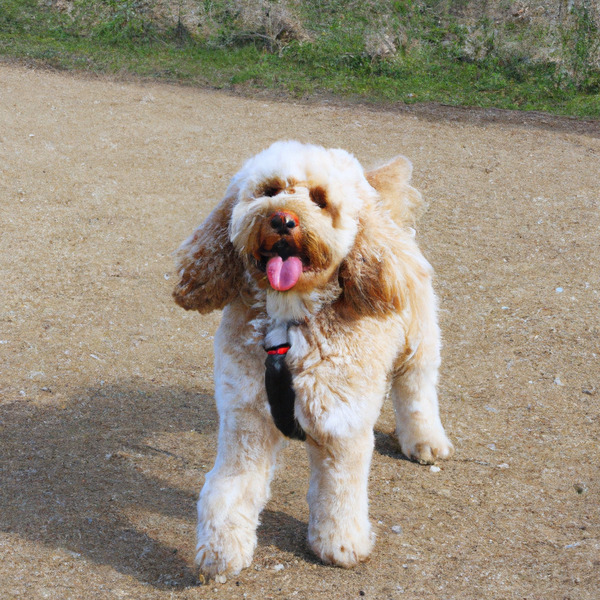
Cockapoo
Giant Schnauzer vs Cockapoo

Beauceroodle
Giant Schnauzer vs Beauceroodle
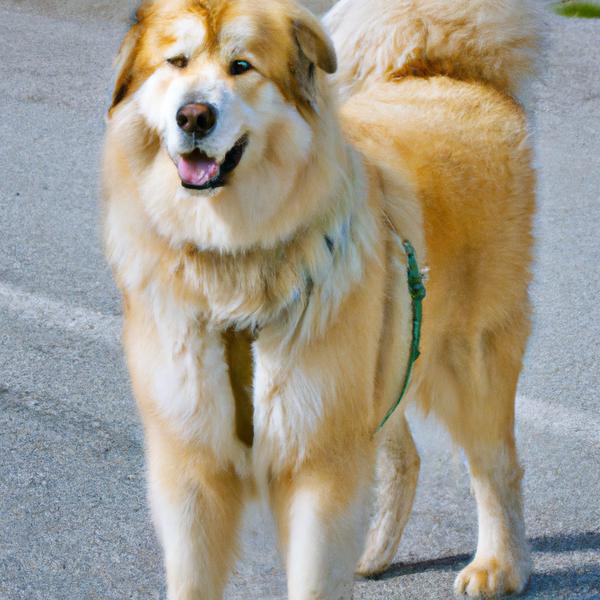
Alaskan Goldenmute
Giant Schnauzer vs Alaskan Goldenmute
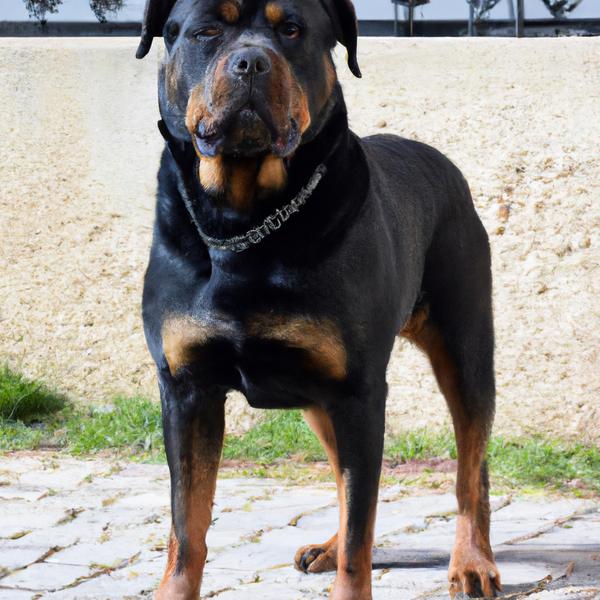
Bull Mastweiler
Giant Schnauzer vs Bull Mastweiler
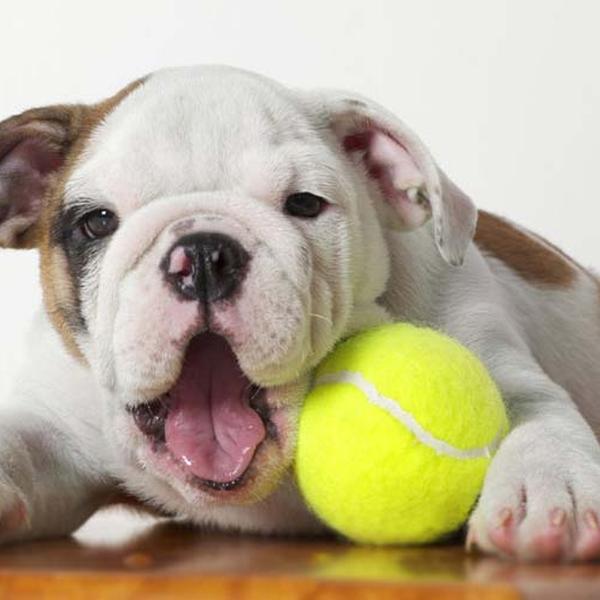
Miniature Bulldog
Giant Schnauzer vs Miniature Bulldog
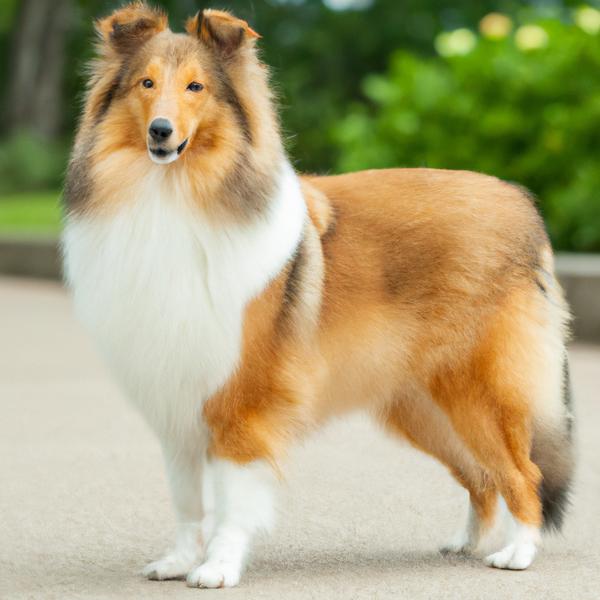
Pembroke Sheltie
Giant Schnauzer vs Pembroke Sheltie
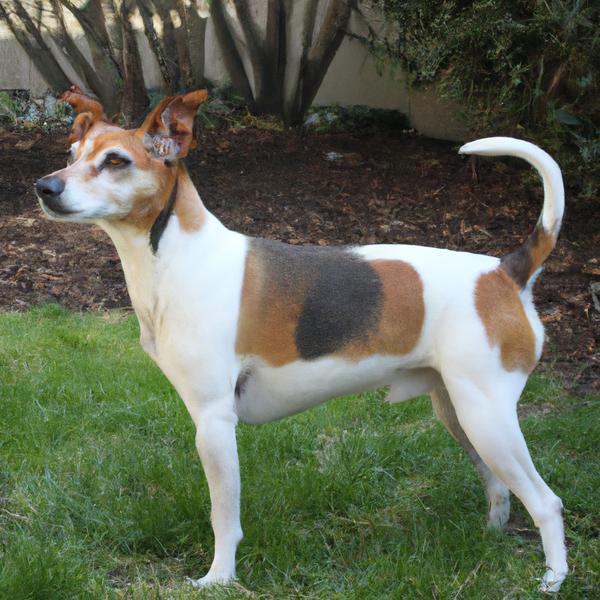
Smooth Foxy Rat Terrier
Giant Schnauzer vs Smooth Foxy Rat Terrier
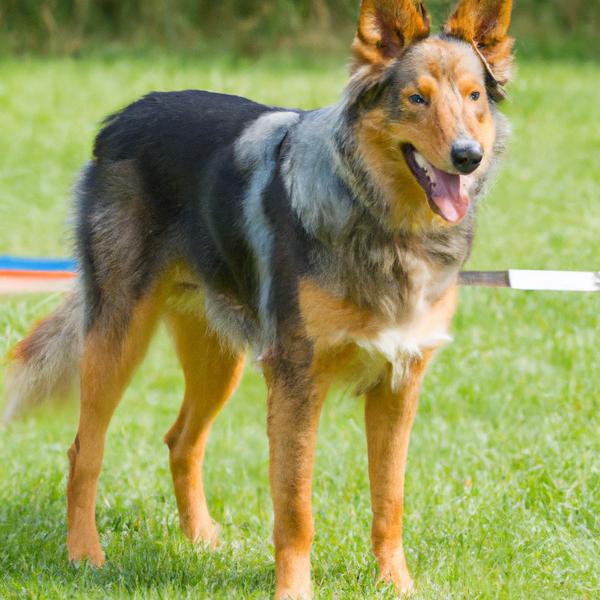
German Australian Shepherd
Giant Schnauzer vs German Australian Shepherd
